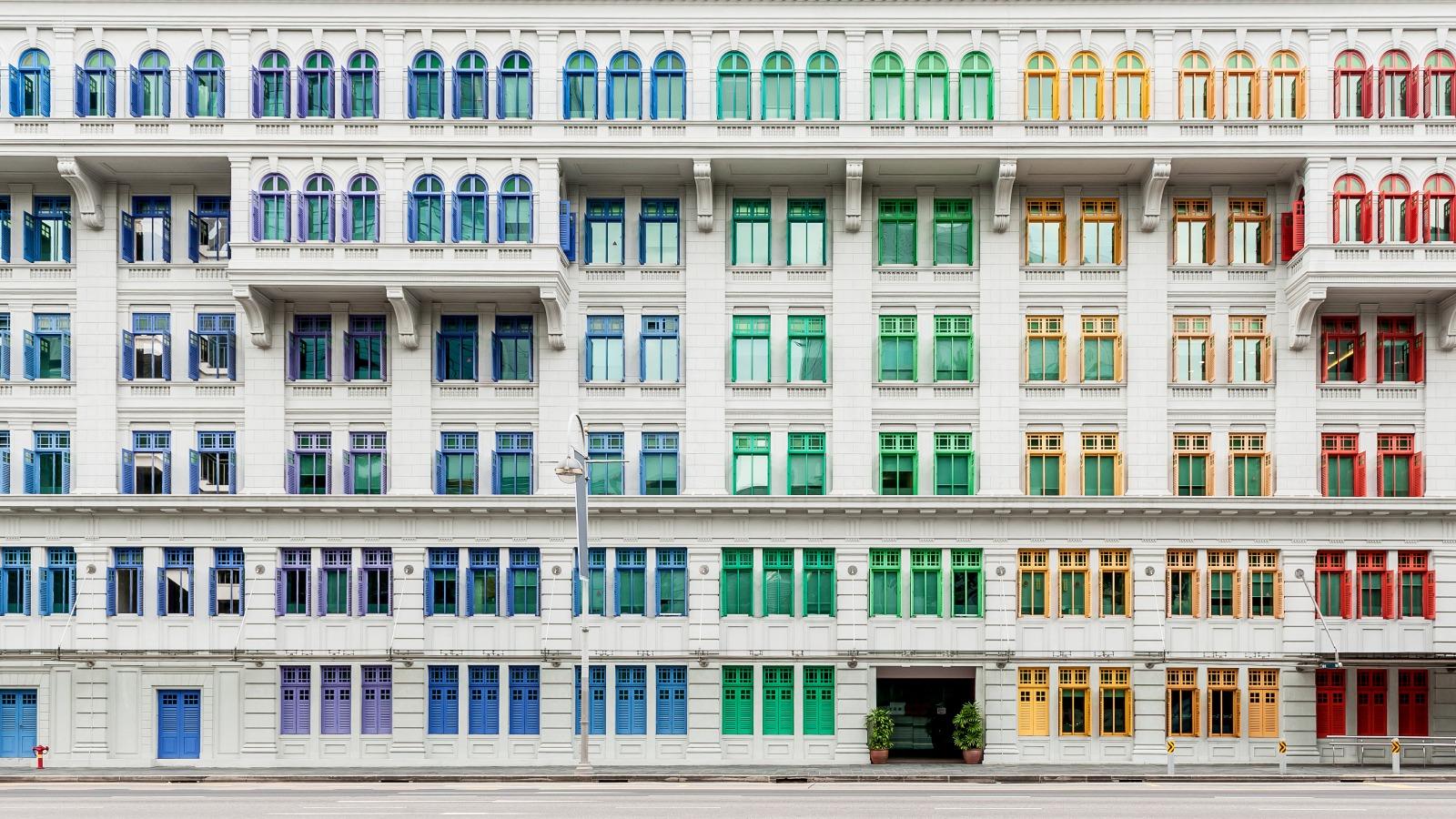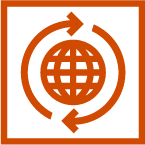GIC Pte Ltd, the Singapore based global long-term sovereign wealth fund, has entered into a joint venture agreement with National Storage REIT (NSR), the listed Australia based stapled REIT focused on self-storage and warehouse properties, to set up a 75% / 25% joint venture for the development of storage centers in Australia. NSR agreed to contribute its 10 foundation assets and GIC agreed to invest A$270 million over the initial 12-18 month period.
13 Jun 2024
GIC Pte Ltd





























